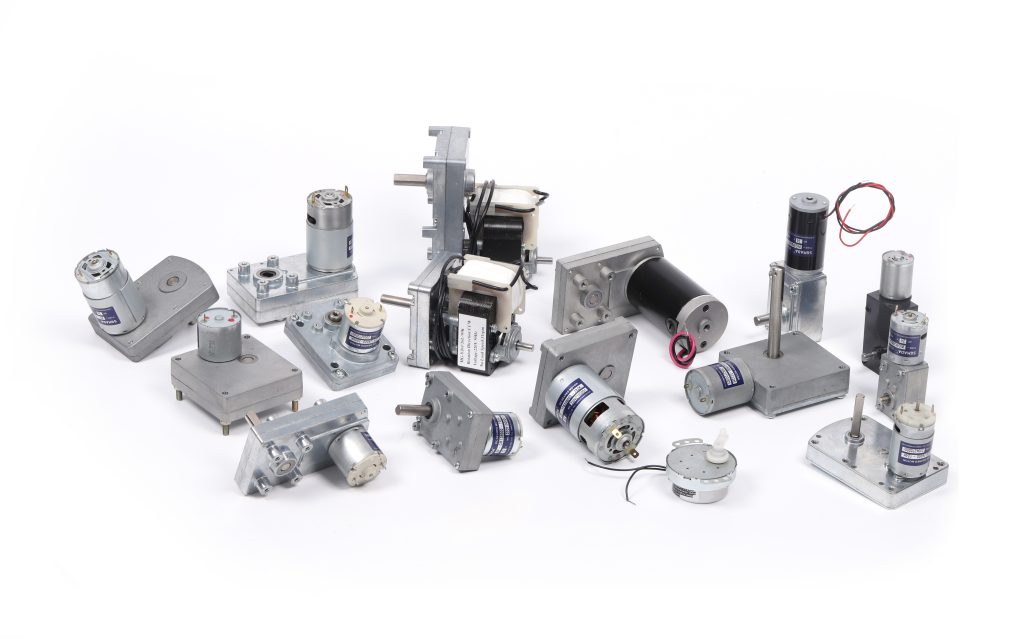Mobile:+86-311-808-126-83
Email:info@ydcastings.com
water pipe cap end
Understanding Water Pipe Cap Ends A Comprehensive Guide
Water pipes are an essential component in various plumbing systems, ensuring the efficient transport of water in residential, commercial, and industrial settings. Among the many fittings and accessories used in these systems, the water pipe cap end plays a crucial role in maintaining integrity while providing closure to open pipe ends. In this article, we will delve into the significance of water pipe cap ends, their types, applications, and installation considerations.
What is a Water Pipe Cap End?
A water pipe cap end is a fitting that serves to seal the end of a pipe, preventing any leakage of fluid and protecting the interior of the pipe from external contaminants. Caps are typically used when a section of a piping system is no longer required or when a test is being conducted on other parts of the system. They come in various sizes and materials to match the piping they are designed to close.
Types of Cap Ends
1. Material Composition Water pipe cap ends can be made from various materials, including plastic, rubber, copper, stainless steel, and PVC. The choice of material often depends on the specific application and the type of fluid being transported.
2. Styles and Designs Cap ends may come in different styles, such as threaded, slip-on, or welded, depending on the method of pipe connection. Threaded caps, for instance, provide a secure fit that can be easily removed, while welded caps offer a permanent solution for sealing.
3. Pressure Ratings Water pipe caps are also differentiated by their pressure ratings, which indicate their strength and suitability for different operational environments. Selecting the right pressure rating is critical for ensuring safety and performance.
Applications of Water Pipe Cap Ends
water pipe cap end

Water pipe cap ends are utilized in a variety of applications, including
- Residential Plumbing Used in home plumbing systems to cap off unused pipe sections. - Industrial Use Commonly found in factories and processing plants, where they serve to isolate sections of piping for maintenance and repair. - Construction Employed in new builds to provide temporary closures in piping systems until the final installation is completed.
Installation Considerations
When installing water pipe cap ends, several factors must be considered
1. Compatibility Ensure that the cap is compatible with the specific type and size of the pipe. This includes verifying that the material can withstand the temperature and pressure of the fluid being contained.
2. Sealing Methods Pay attention to the sealing method used. Proper installation techniques, such as using Teflon tape for threaded caps or solvent welding for PVC caps, can prevent leaks and ensure a tight seal.
3. Future Access Consider future accessibility needs. If there is a possibility that the capped section may need to be reactivated, opt for removable caps instead of permanent solutions.
Conclusion
Water pipe cap ends are an integral part of plumbing systems, offering both functionality and protection. By understanding the different types of caps available, their applications, and installation best practices, one can ensure a reliable and efficient piping system. Whether in a home, factory, or infrastructure project, the importance of choosing the right water pipe cap end cannot be overstated, as it plays a vital role in the overall performance and longevity of the plumbing system.
-
Why Should You Invest in Superior Pump Castings for Your Equipment?NewsJun.09,2025
-
Unlock Performance Potential with Stainless Impellers and Aluminum End CapsNewsJun.09,2025
-
Revolutionize Your Machinery with Superior Cast Iron and Aluminum ComponentsNewsJun.09,2025
-
Revolutionize Fluid Dynamics with Premium Pump ComponentsNewsJun.09,2025
-
Optimizing Industrial Systems with Essential Valve ComponentsNewsJun.09,2025
-
Elevate Grid Efficiency with High-Precision Power CastingsNewsJun.09,2025











